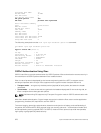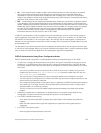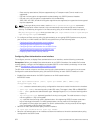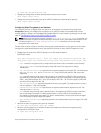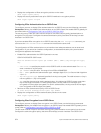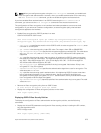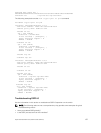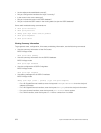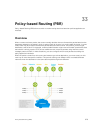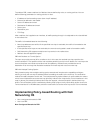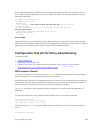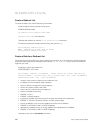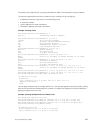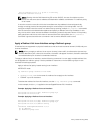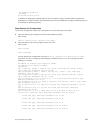• Are the adjacencies established correctly?
• Did you configure the interfaces for Layer 3 correctly?
• Is the router in the correct area type?
• Did you include the routes in the OSPF database?
• Did you include the OSPF routes in the routing table (not just the OSPF database)?
Some useful troubleshooting commands are:
• show ipv6 interfaces
• show ipv6 protocols
• debug ipv6 ospf events and/or packets
• show ipv6 neighbors
• show ipv6 routes
Viewing Summary Information
To get general route, configuration, links status, and debug information, use the following commands.
• View the summary information of the IPv6 routes.
EXEC Privilege mode
show ipv6 route summary
• View the summary information for the OSPFv3 database.
EXEC Privilege mode
show ipv6 ospf database
• View the configuration of OSPFv3 neighbors.
EXEC Privilege mode
show ipv6 ospf neighbor
• View debug messages for all OSPFv3 interfaces.
EXEC Privilege mode
debug ipv6 ospf [event | packet] {type slot/port/subport}
– For a 10-Gigabit Ethernet interface, enter the keyword TenGigabitEthernet then the slot/port/
subport
information.
– For a 40-Gigabit Ethernet interface, enter the keyword fortyGigE then the slot/port information.
– For a port channel interface, enter the keywords port-channel then a number.
– For a VLAN interface, enter the keyword vlan then a number from 1 to 4094.
678
Open Shortest Path First (OSPFv2 and OSPFv3)



